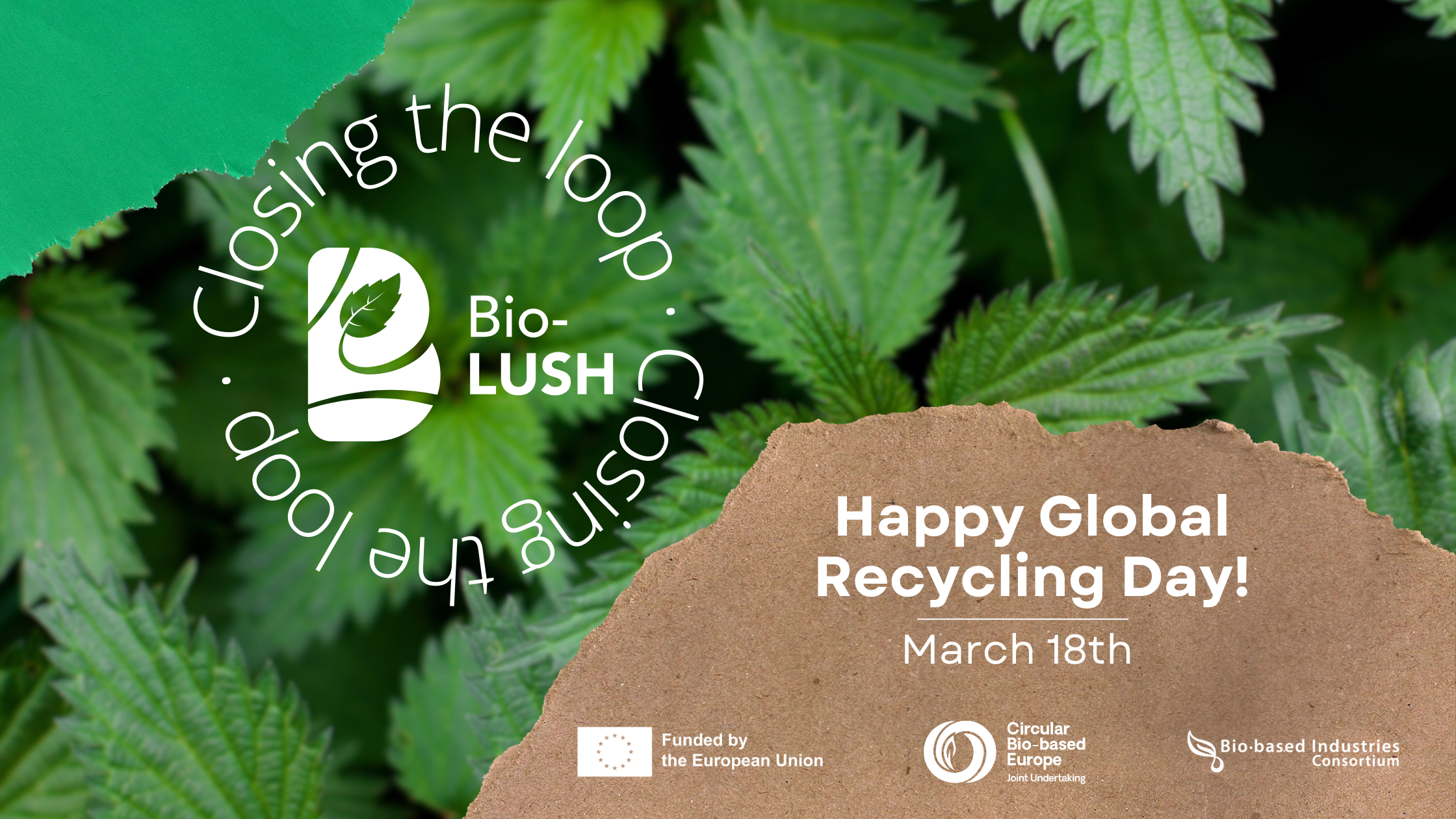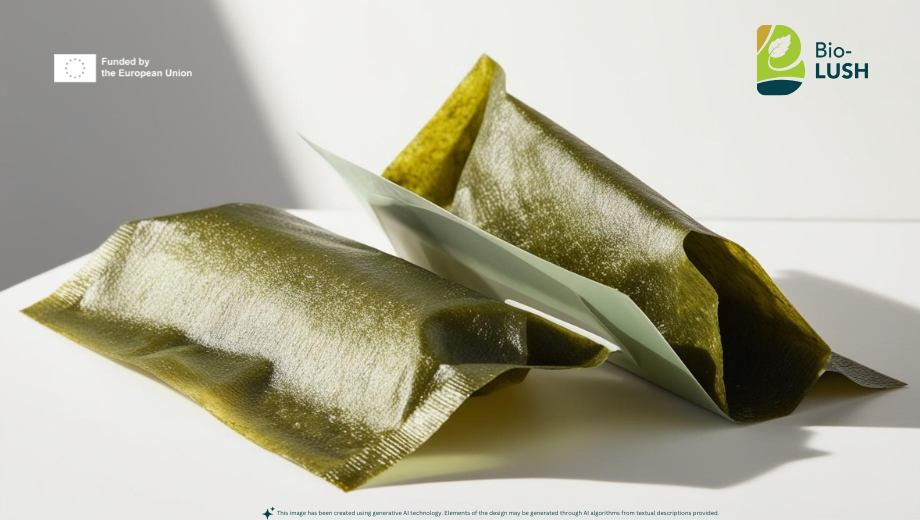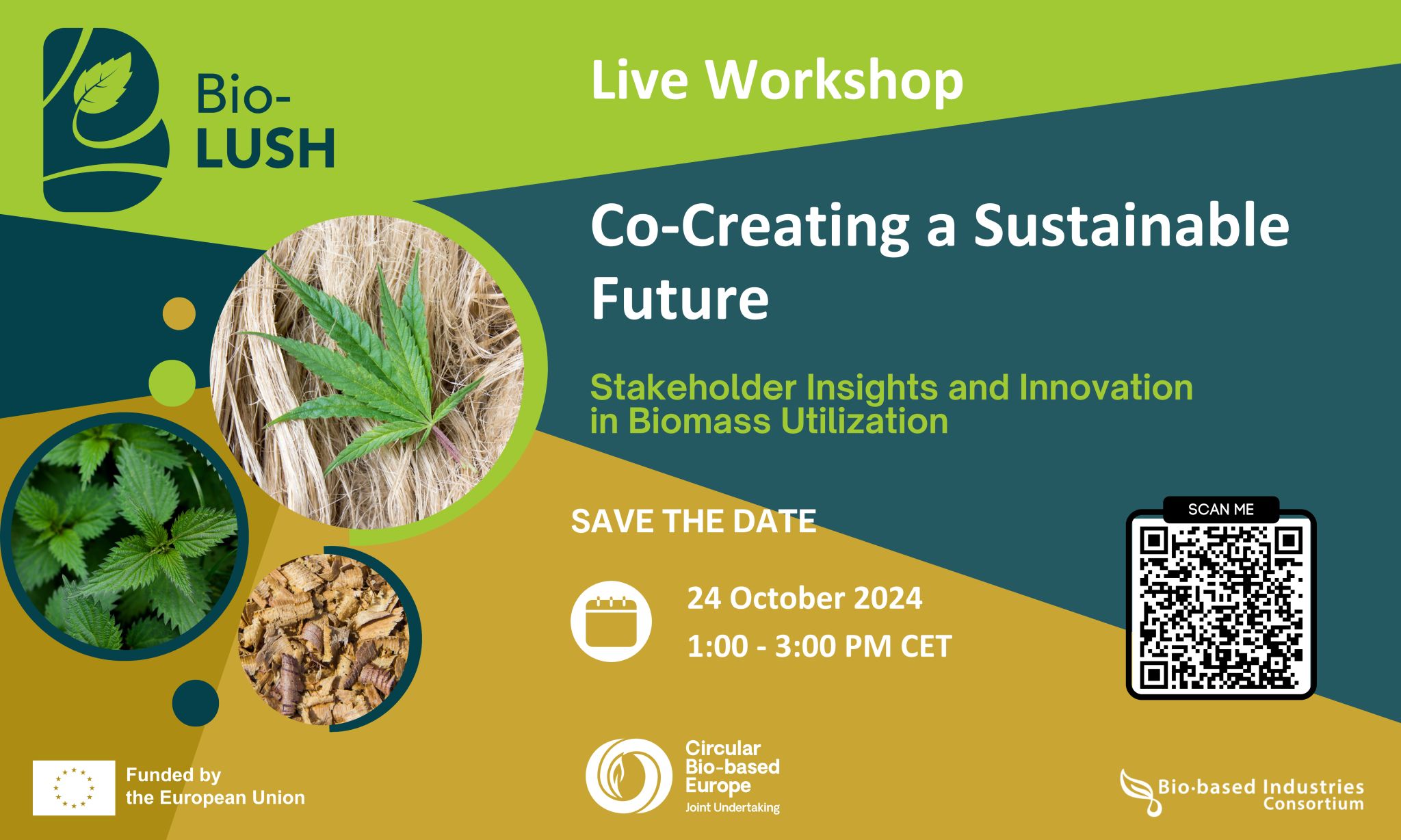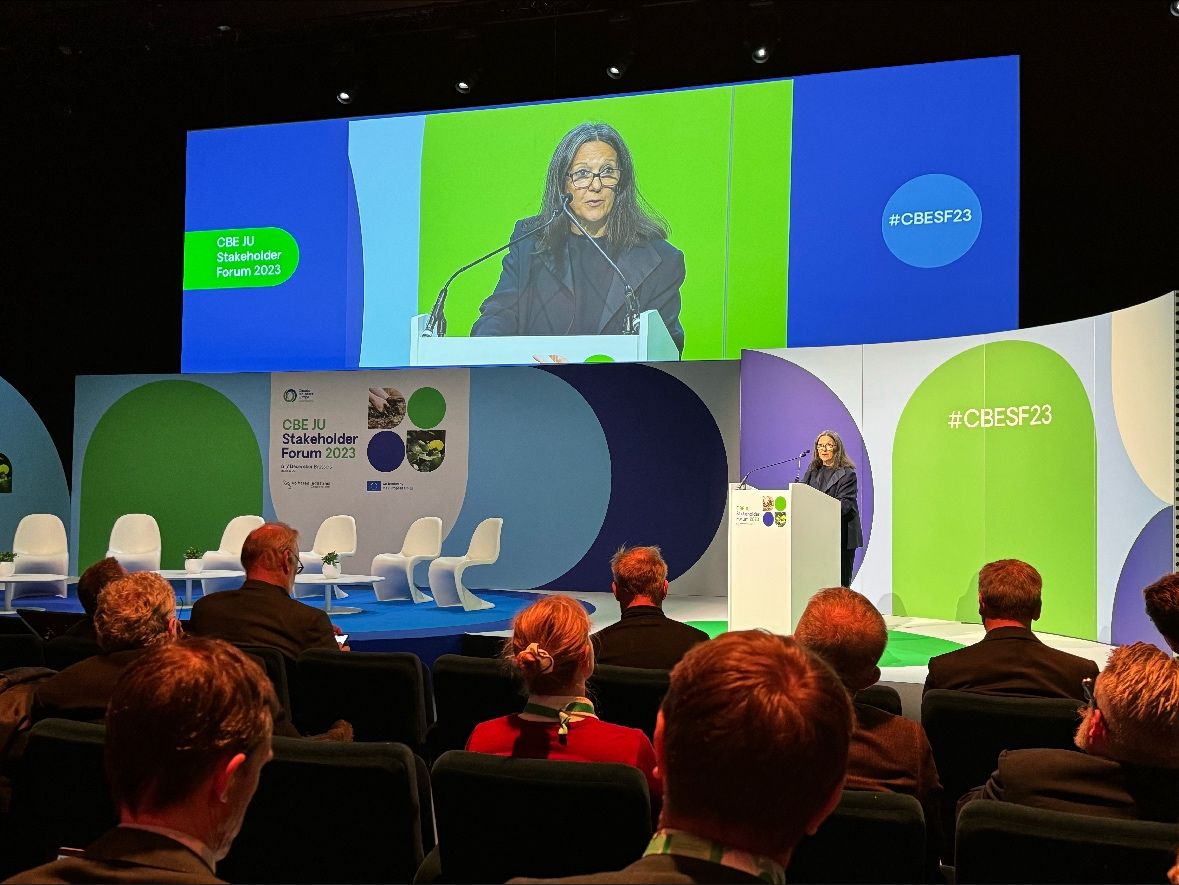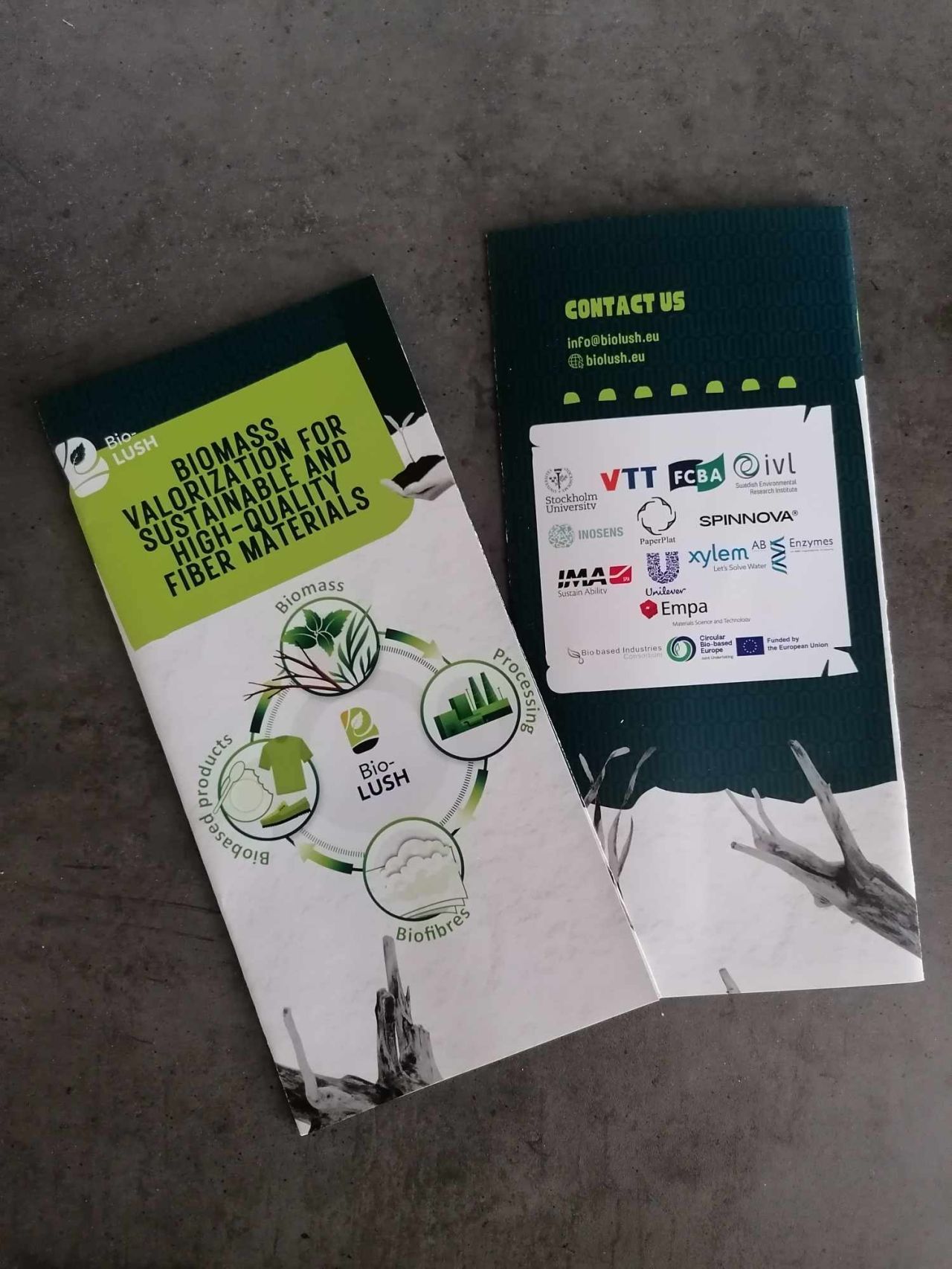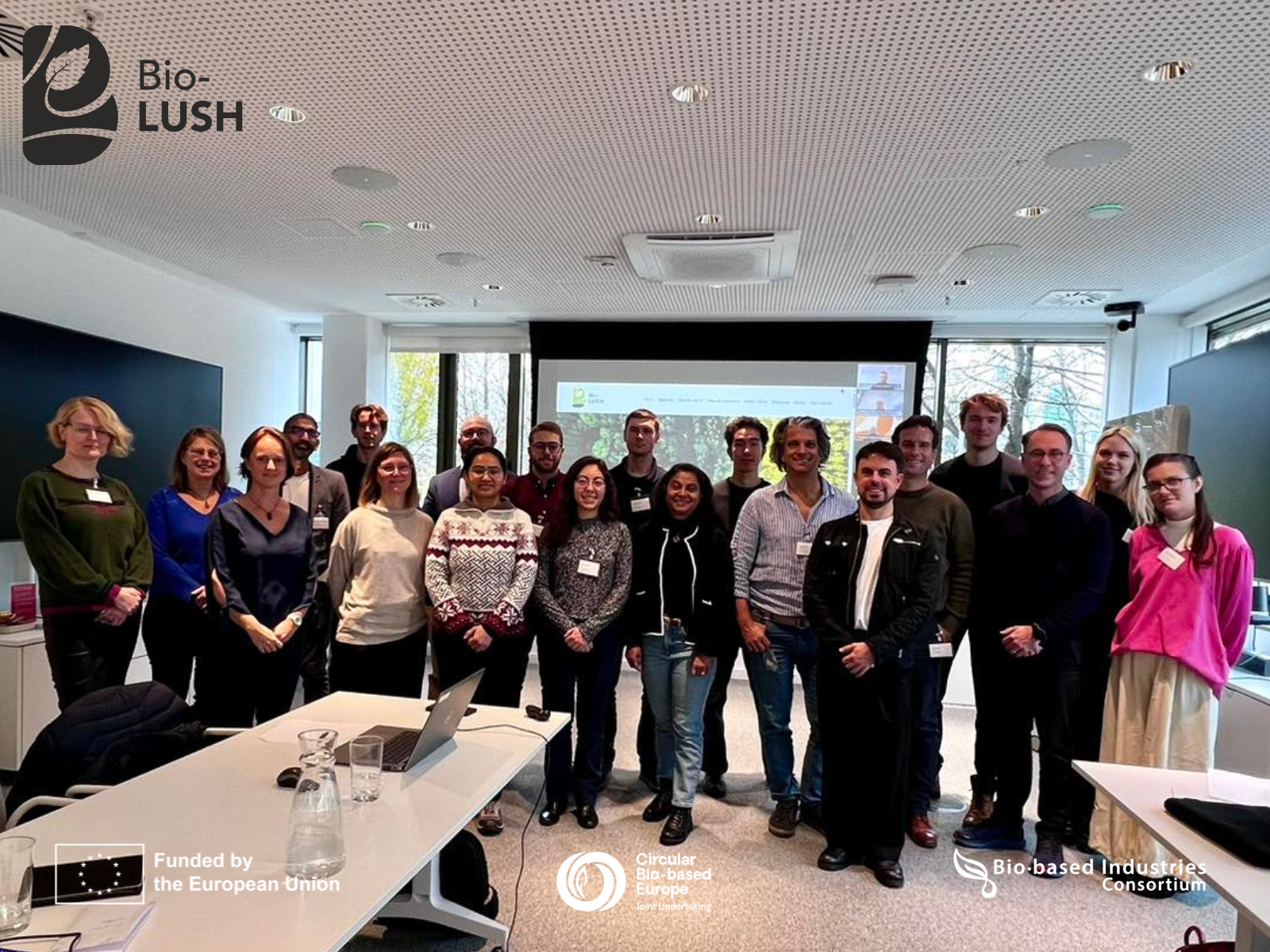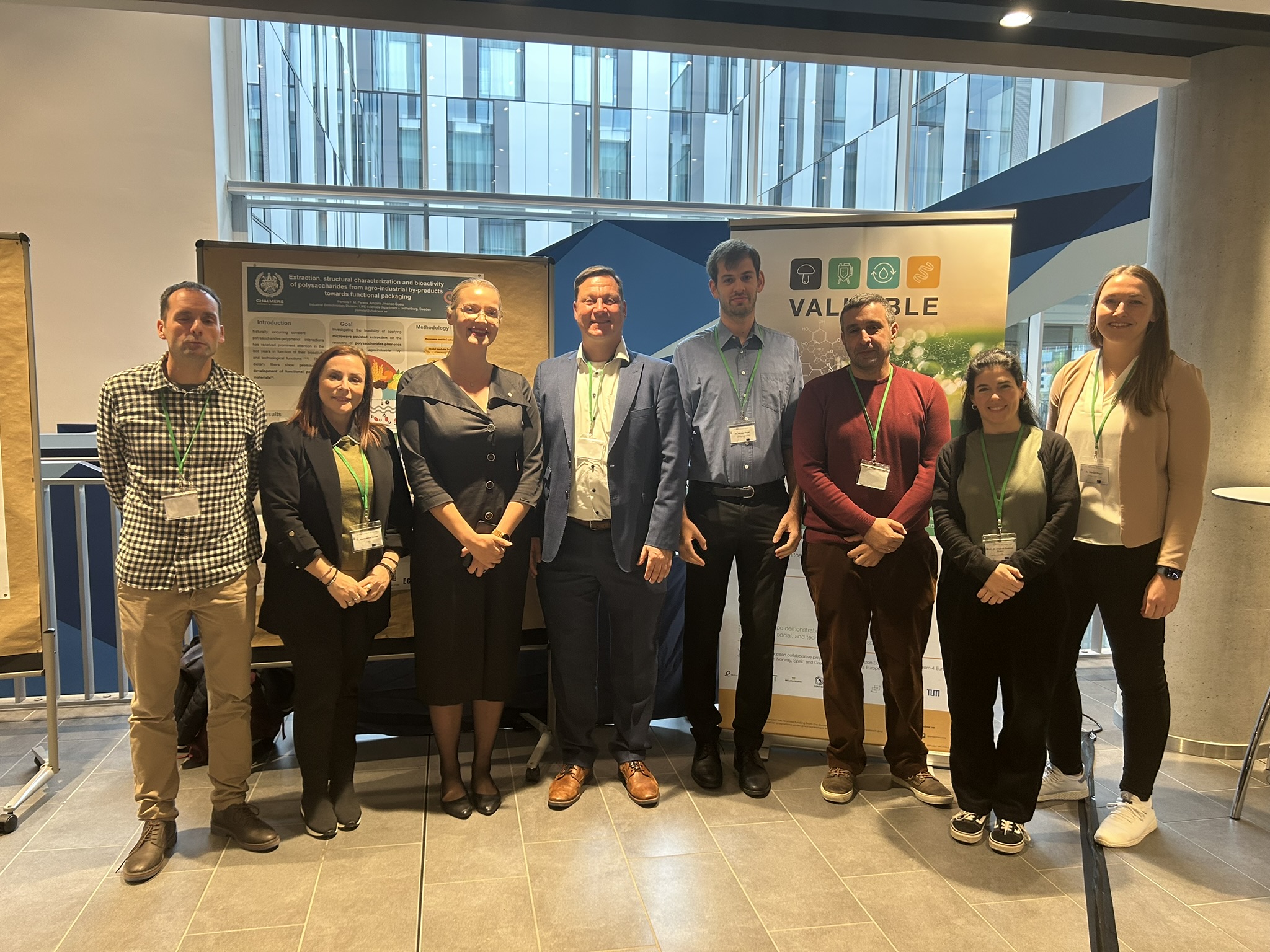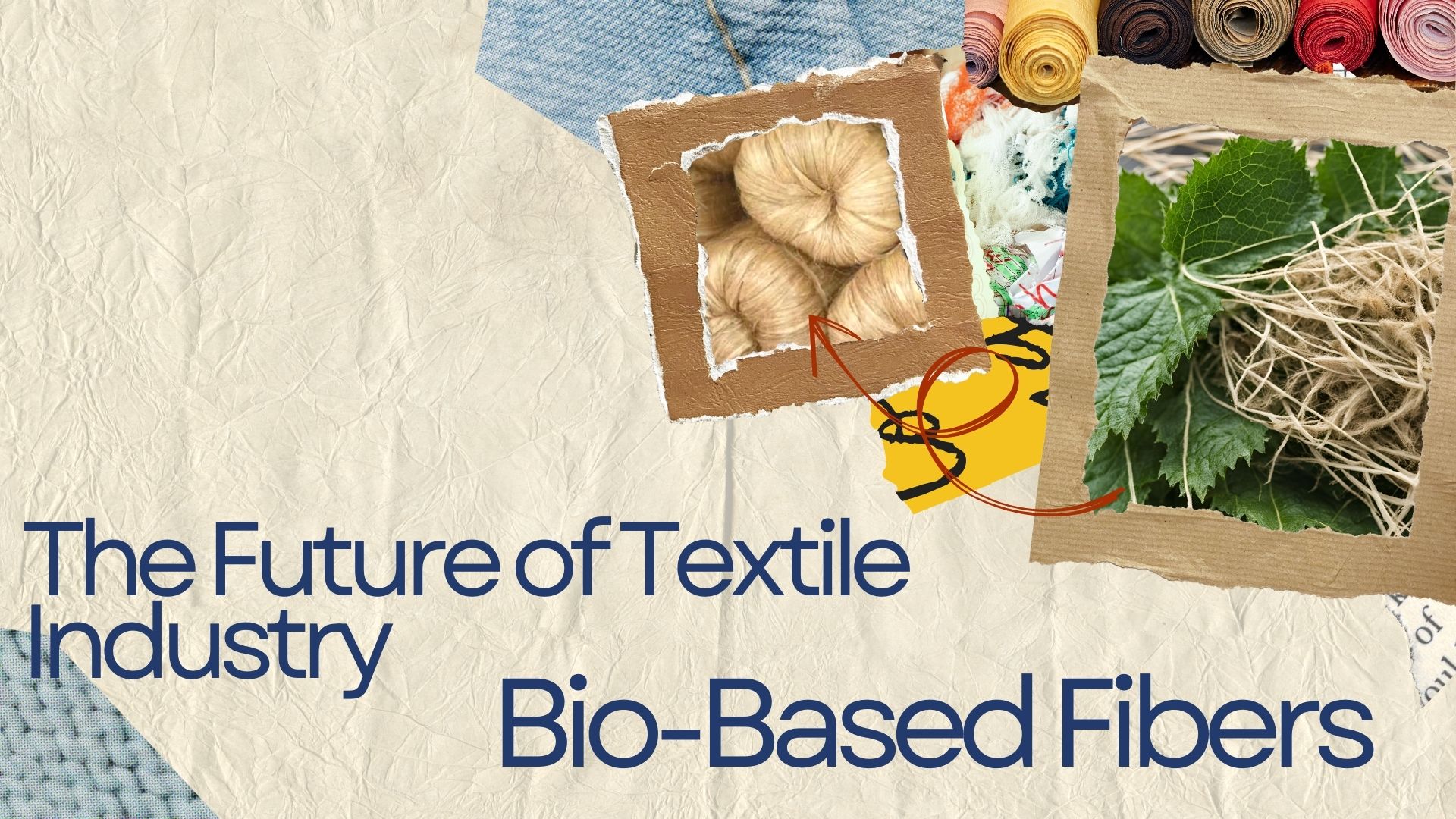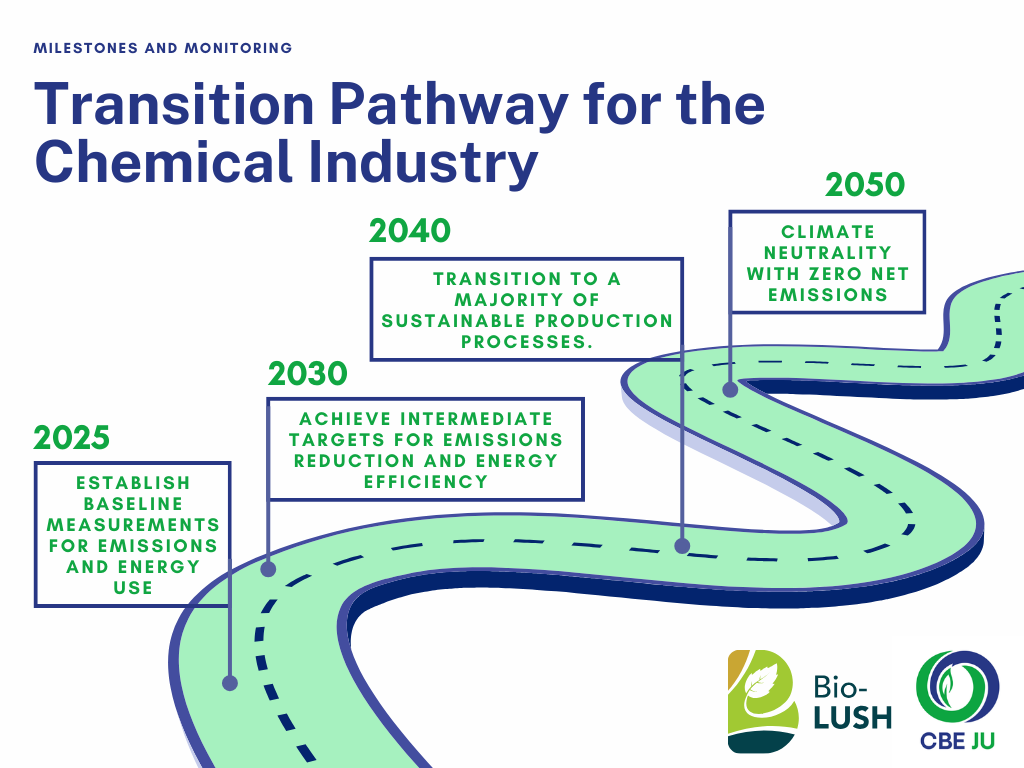In Europe, nettle was cultivated from the 19th century until the Second World War and had a long history as a fibre plant. On the other hand, based on scientific research from TUM, 78 million tons of residual seagrass deposits accumulate annually on shorelines worldwide. Nettle as an easy-growing plant and seagrass as a natural product that the sea throws to us both have potential in different kinds of industries, whether it is manufacturing, automotive or construction.
There are several environmental factors to consider when discussing biomass processing and its benefits to sustainability, ecology, and society. One is the increase in climate change. Bio-LUSH will use different varieties of nettle and seagrasses to increase fibre yields but also better understand their agronomics to develop this crop for the future.
What do you know about nettles and seagrass?
The common nettle, often known as stinging nettle, is a weedy perennial plant in the nettle family (Urticaceae) that is distinguished by its venomous leaves. However, with upright, elongated leaves and a hidden root-like structure (rhizome), seagrass grows in silt on the seafloor and is more closely related to lilies and gingers than to real grasses.
A team of experts in the Bio-LUSH consortium conducted a study that demonstrated the potential of nettle plants to produce a higher bast fibre yield. Bio-LUSH will further explore the use of these species to develop new varieties of nettle with increased fibre yield and decreased lignin content to facilitate the liberation of fibres with low chemical and energy input.
The benefits of nettle production are as follows:
–It is a perennial crop with low fertilizer and pesticide requirements.
–There is high potential for cultivation in several areas that enable regional production.
–It may improve soils overloaded with nitrates and phosphates, as nettle is a nitrophilous herbaceous plant.
–It promotes local flora and fauna diversity and
–It can be produced on land that is unsuitable for food production, including on contaminated land.
In addition to nettle, seagrass has highly cellulosic cell walls, which makes it attractive to develop its use as a biofibre crop. Scientists from the University of Goettingen have performed a simplified cost analysis, showing that insulation boards made from seagrass leaves can be up to 30% cheaper than those made from wood fibers.
Way of understanding biomass and it’s exploitation
In addition to replacing fossil fuels, biomass has the potential to reduce atmospheric carbon dioxide levels. This is because the plants used to manufacture them capture CO2 in their cell structures while they are still living by removing it from the atmosphere. Therefore, biomass-based materials have the potential to serve as carbon sinks.
It is crucial to strike a balance between the production of sustainable feedstocks and the demands of the world’s food supply because many food crops are used to create biomass. This may be accomplished by giving non-food feedstock priority that would otherwise go to waste.
The important role of the Bio-LUSH project
The Bio-LUSH consortium brings together a broad range of actors with scientific, societal, and commercial expertise and builds an interdisciplinary environment for pioneering bio-based manufacturing methods.
Bio-LUSH will follow the principles of cascading use of sustainably sourced biological feedstock and the ‘food first’ principle by using residues, weeds and non-food herbaceous crops to deliver high-quality fibres for innovative bio-based fibres. This approach will support local and regional economies, while reducing Europe’s dependency on imports.
The project will contribute to the European community through the utilization of marginal lands, biodiversity protection, and without competing with food production. In addition, biomass will not be considered a substitute for other environmental conservation measures such as material reuse and recycling.
The selection of the feedstock is guided by the Circular Bio-based Europe Joint Undertaking (CBE JU), which aims to pave the way for Europe to become the first climate-neutral continent by 2050, protecting and enhancing biodiversity, combating pollution, reducing fossil resource dependence, and deploying fair transition to a biobased economy.
In Bio-LUSH, the focus is on the use of under-utilized fibrous biomass and the values of the lignin and hemicellulose fractions.
The project will not attempt any plant modifications using genetic engineering.
After examining the situation from various angles, nettle and seagrass have a great deal of potential for further use in bio-based industries and Bio-LUSH will be the driving force of change, developing products and creating new opportunities in the market.
Be the first to know more about projects activities and visit biolush.eu

